Artists have long used chalks and similar solid media for drawing, but lacking any form of binding medium their only adherence to a ground is mechanical. They were thus only used for ephemeral work such as studies and cartoons used in the production of more permanent works.
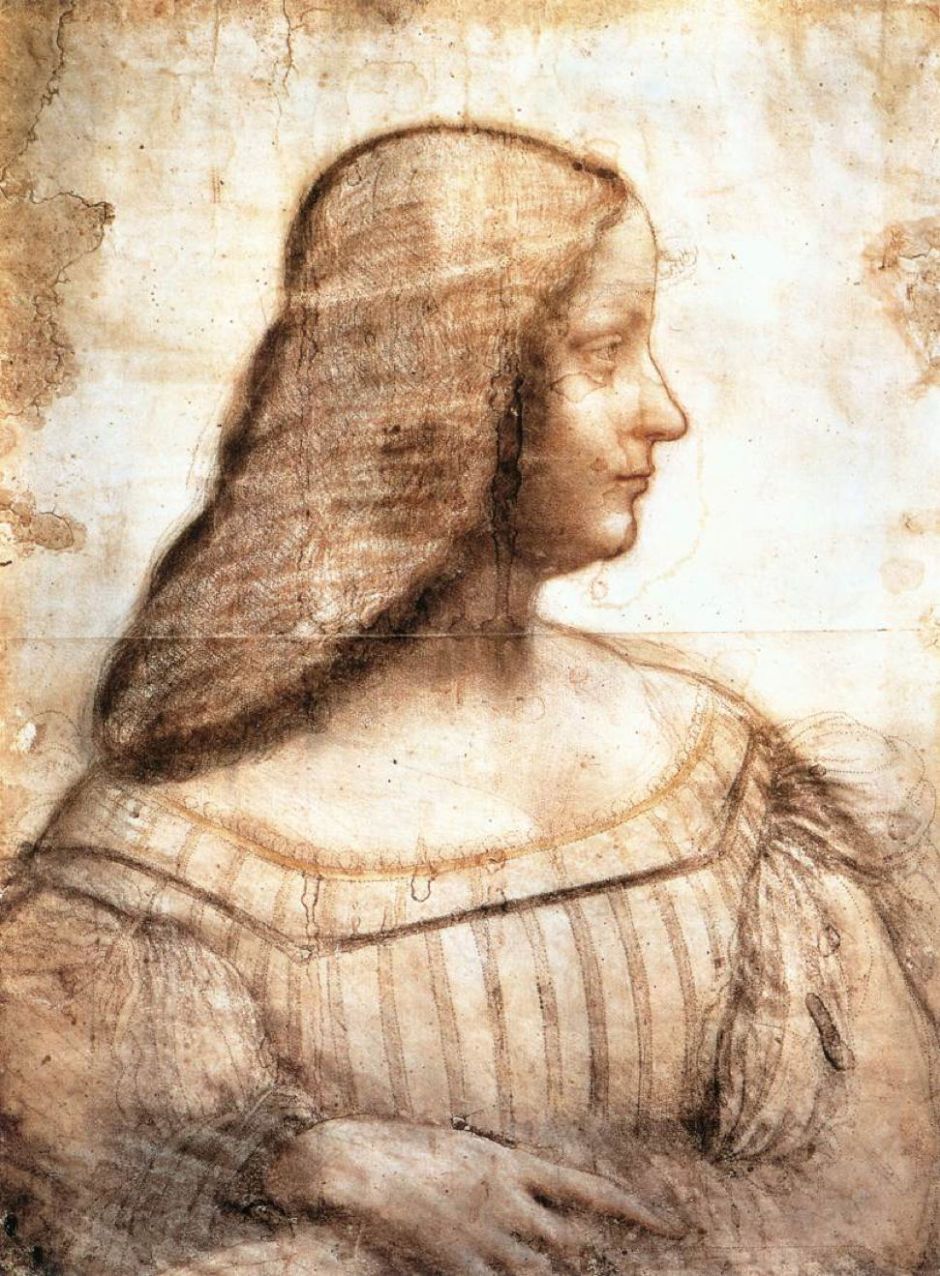
Unfortunately there has been considerable confusion even among those who should know better. For example, Leonardo da Vinci’s wonderful drawing of Isabella d’Este from 1500, is usually described as using “black and red chalk, yellow pastel chalk on paper”. But there is no such thing as “pastel chalk”, any more than there is “oil watercolour”.
Pastels are much more than just a stick of pigmented chalk or coloured earth. They are made by mixing pigment, a bulking powder, and water containing a gum such as Gum Arabic or glue, into a thick dough-like paste, which gives pastels their name. The paste is then formed into sticks, which are dried slowly to produce a stick which is sufficiently firm as to be capable of being sharpened and applied to paper or other ground.
Painting in pastels requires a substantial number of sticks of different colours; although those of different colour can be blended on the paper or ground, pastels don’t mix like oil paints to produce good intermediate colours. You cannot paint properly in pastels with just half a dozen different colours, but need dozens or hundreds to support a broad spectrum of colour.
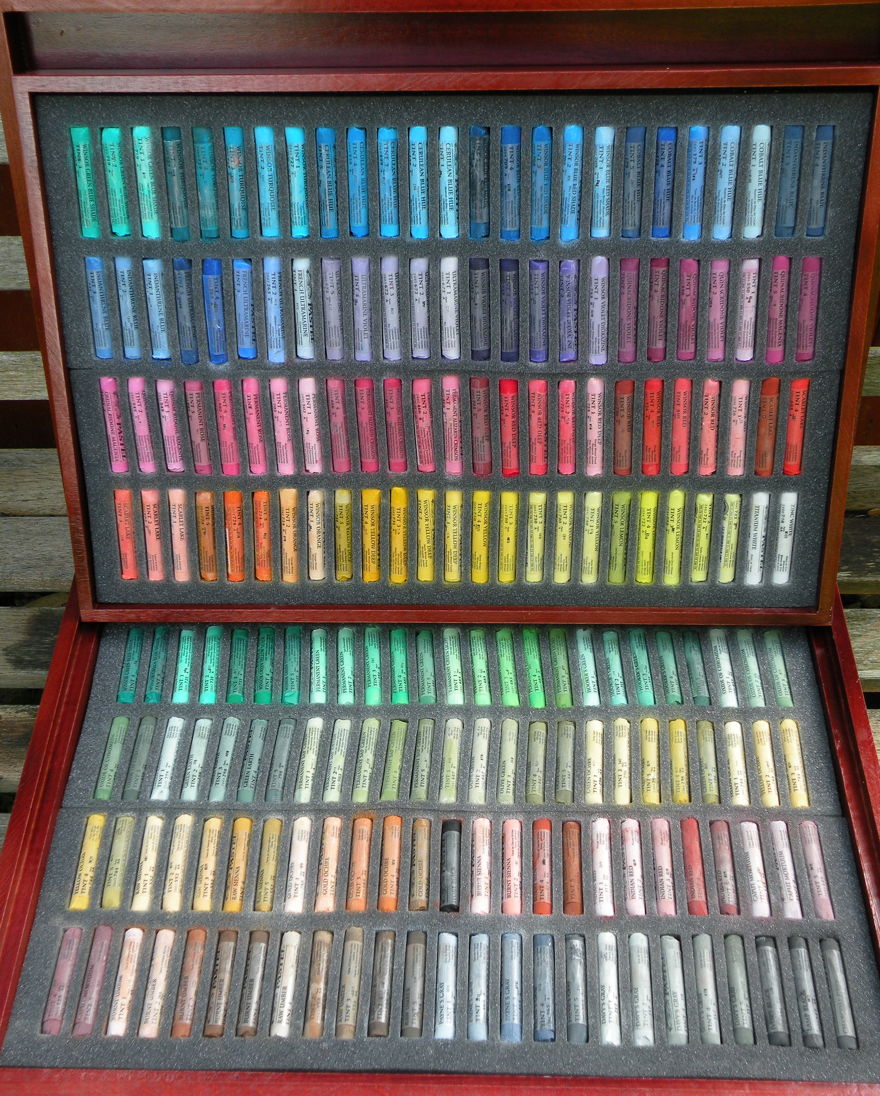
This shows one of my sets of pastels, now sadly unavailable, a Windsor & Newton boxed set of 200. A serious pastel painter is likely to have hundreds of different colours and shades stored in a chest of shallow drawers, perhaps.
Of all the different media, pastels are the richest in pigment, and are often considered to be ‘pure colour’, although in fact they invariably contain a bulking powder too. They adhere best to grounds with rough surfaces, including roughened papers and abrasive coatings of fine pumice or marble dust. Following application, they are often worked using rolled paper stumps and other tools, to blend them and produce a smooth and dense layer.
Thea Burns has studied a large number of old works of art claimed to be made using pastels, and established that the earliest painter in pastels was probably Robert Nanteuil.

Nanteuil’s Portrait of Monseigneur Louis Doni d’Attichy, Bishop of Riez from 1663 is one of the first real pastel paintings, in creating a good likeness of his sitter. It is relatively small, but expertly worked.
It wasn’t until the eighteenth century that pastel portraits became popular, and quickly became all the rage. Because pastels don’t require any drying time, a good pastellist could produce a fine portrait in a very few sittings, making pastel portraits far less demanding on both parties, much quicker, and of course much cheaper.
The ‘look’ of pastel paintings also came into vogue. Flesh looked amazingly lifelike, and in the absence of drying oils and varnish, had a soft, matte finish. The snag at that time was that there were no fixatives to help to adhere pastel particles to the ground, all had to be glazed, and even then they didn’t prove as long-lasting as a well-made oil painting. But at that price, only the rich would care.
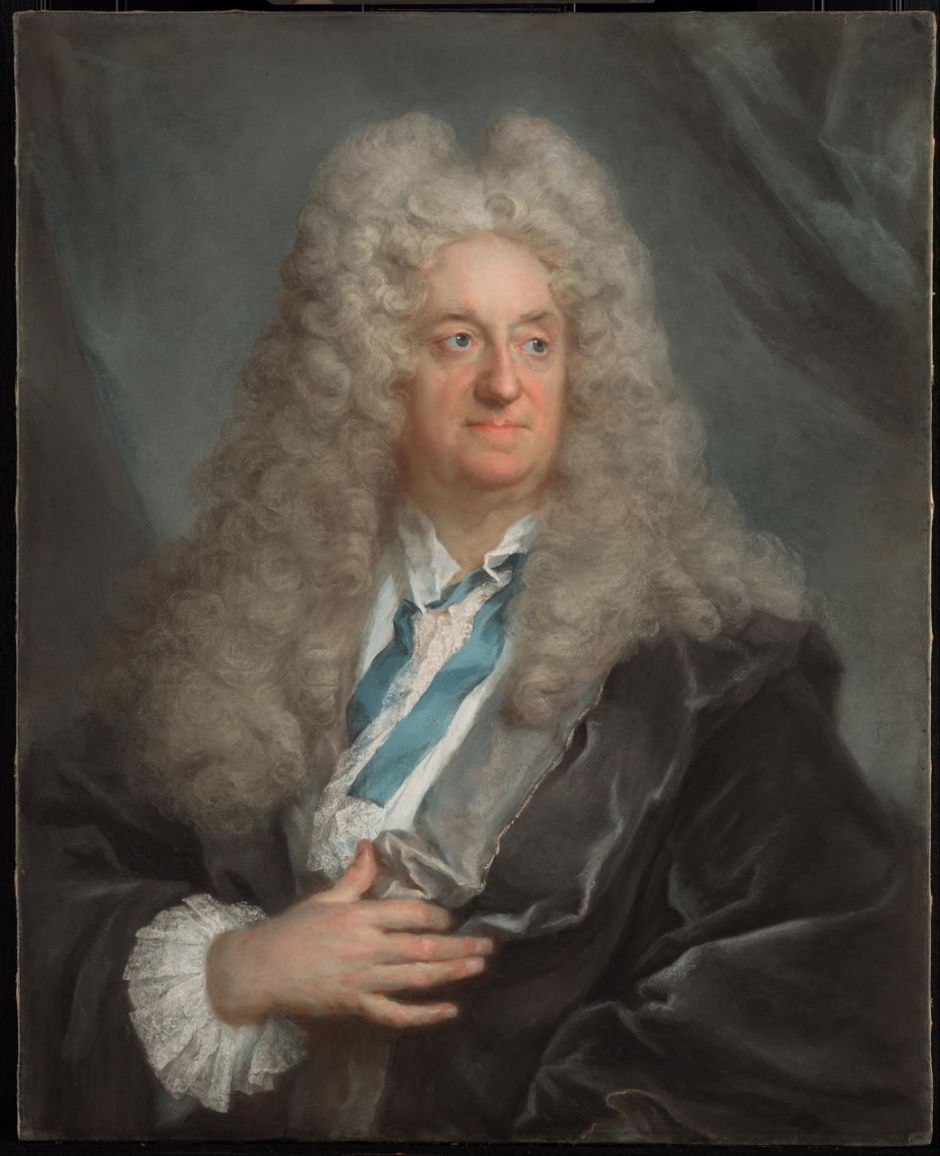
Joseph Vivien was one of the first successful pastel portraitists of the eighteenth century, producing superb portraits such as this in about 1725. He introduced new techniques, laying his pastels down on blue paper, and working in larger formats.

Mainstream artists started to use pastels in preparatory work and sketches, here Charles Antoine Coypel’s dramatic portrait of Medea (c 1715).
One of the most brilliant of this first wave of pastellists was Rosalba Carriera, whose work demonstrated that a good pastel painter could match the accomplishments of the best oil painters of the day.

In the fingers of a skilled pastellist, materials which had long been tricky to render in oils, like hair and fur, became strengths. Carriera’s superb Self-Portrait as ‘Winter’ from 1730-31 is a fine example.

In this detail you can see individual grains of pastel which form each mark Carriera made. She didn’t just apply her pastels dry and from the stick, but in places made them into a paste using water, and applied that to the paper using a brush.

Carriera’s supreme skill with pastels brought even royalty round to have their portraits painted in the new medium: here Crown Prince Friedrich Christian of Saxony (1722-1763), whom she painted in 1739-40.
Pastels were quickly deemed an acceptable medium for women painters too, so that they didn’t then have to contend with the mess and fuss of oil paints, solvents, and cleaning. Most important of all, their hands and clothes weren’t stained by their paints. Pastels are dusty, and these days there are sufficient concerns about the inhalation of toxic pigments in pastel dust as to bring some artists to work in protective masks.
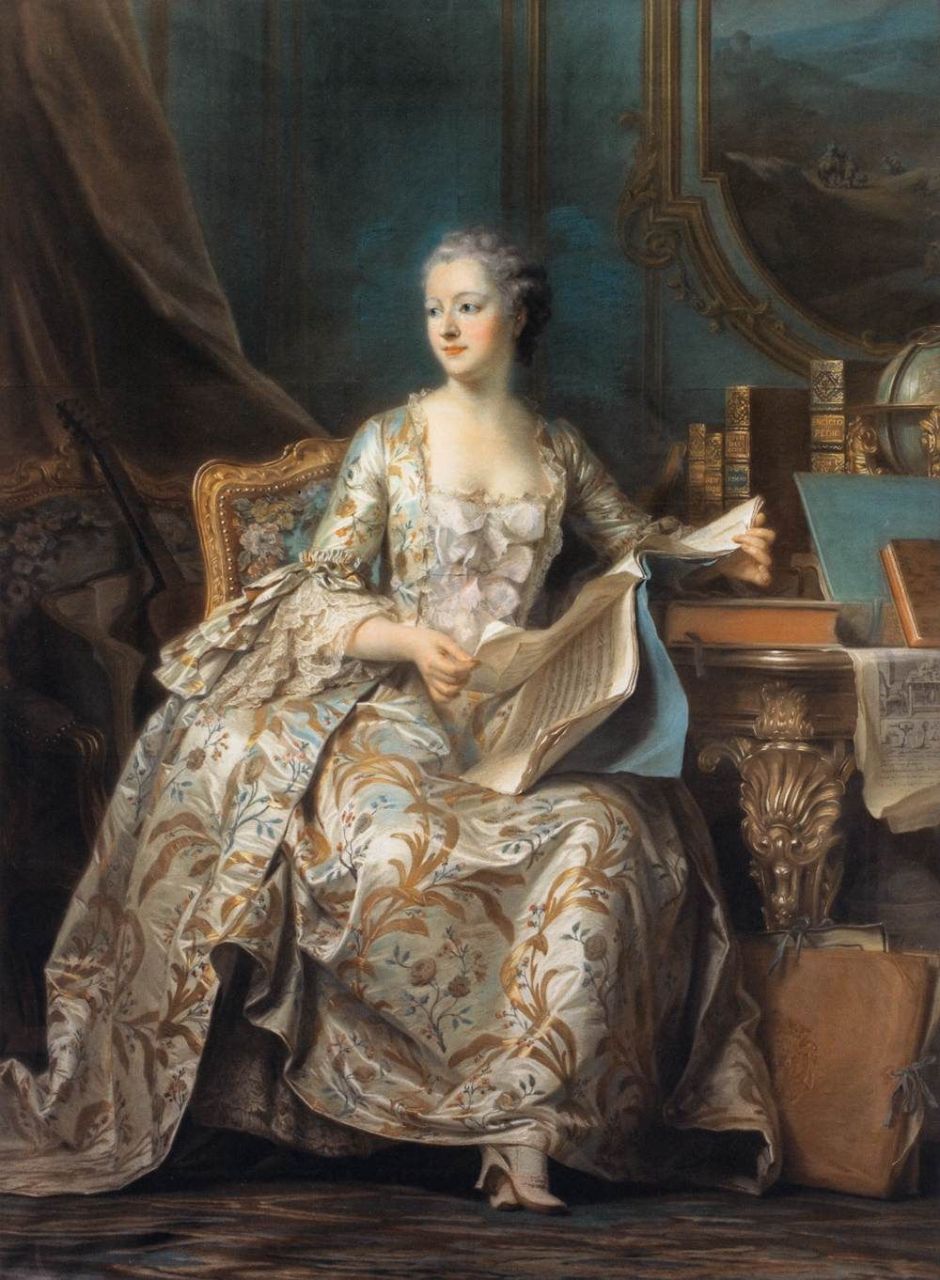
Maurice Quentin de La Tour not only excelled at modelling the softer surfaces and materials which pastels were so suited to, but tackled the harder and glittery materials used in jewellery and the like. His magnificent portrait of La Marquise de Pompadour from about 1749-55 shows how far he had advanced technique. The detail below reveals how gestural his marks became, and his famously soft-focus flesh.
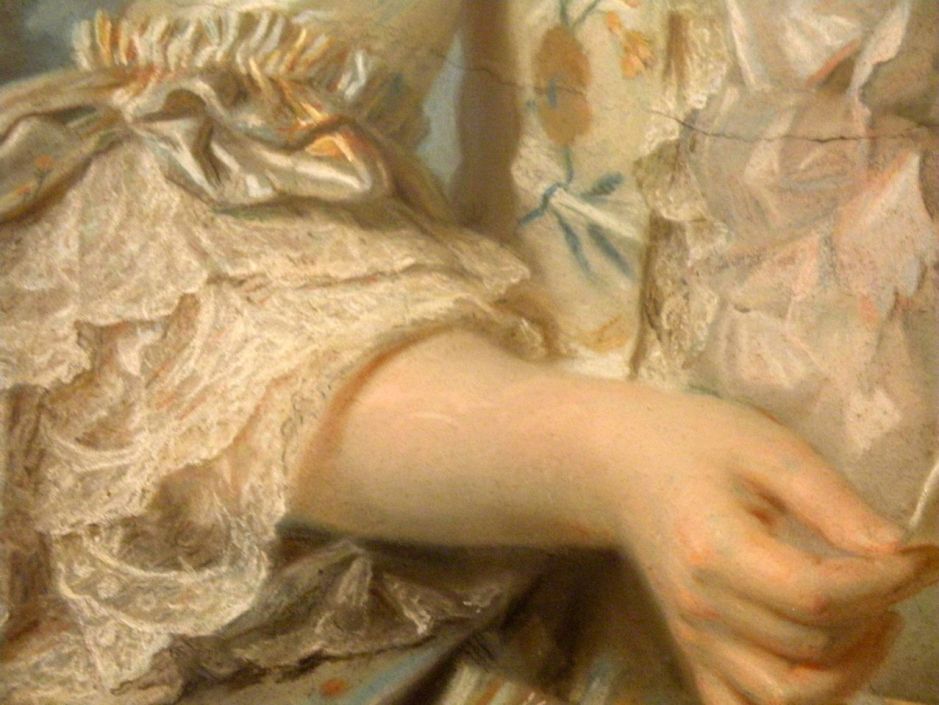

Applying his pastels to a parchment ground and support rather than paper, Jean-Etienne Liotard was able to paint painstakingly detailed realist works like The Chocolate Girl (c 1744-45). This shows how the medium was starting to move on from regular portraits, here to what is perhaps best termed genre.
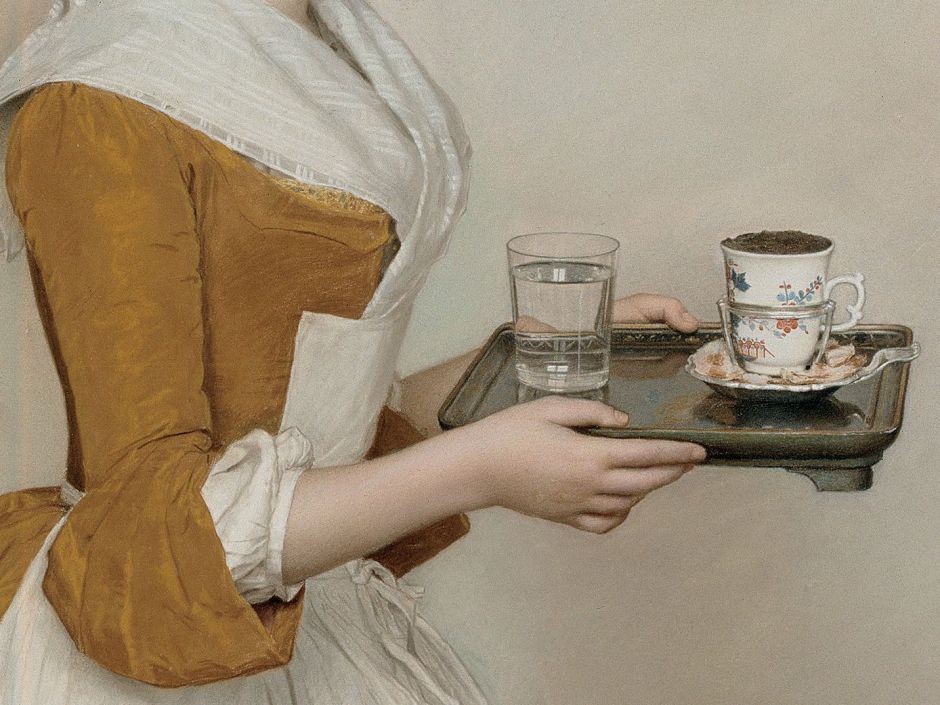
The use of fixatives to improve particle adherence to the ground became popular among some pastel painters. However, fixatives usually result in some colour shift, alter the surface appearance, and still don’t result in a robust paint layer, although they usually minimise surface loss.

Louise Élisabeth Vigée Le Brun’s simple portrait of a baby from about 1790 takes up from where Carriera and de La Tour had made their marks: this infant’s face is softly rendered, but their clothes are sketched in a loose style which was far in advance of paintings of the day.

Her portrait of the wonderfully-named Corisande Armandine Léonie Sophie de Gramont has a natural look to it which was rarely achieved in oils. This ideally suited the sitter, given her youth. The detail below shows how painterly are the sitter’s clothes.

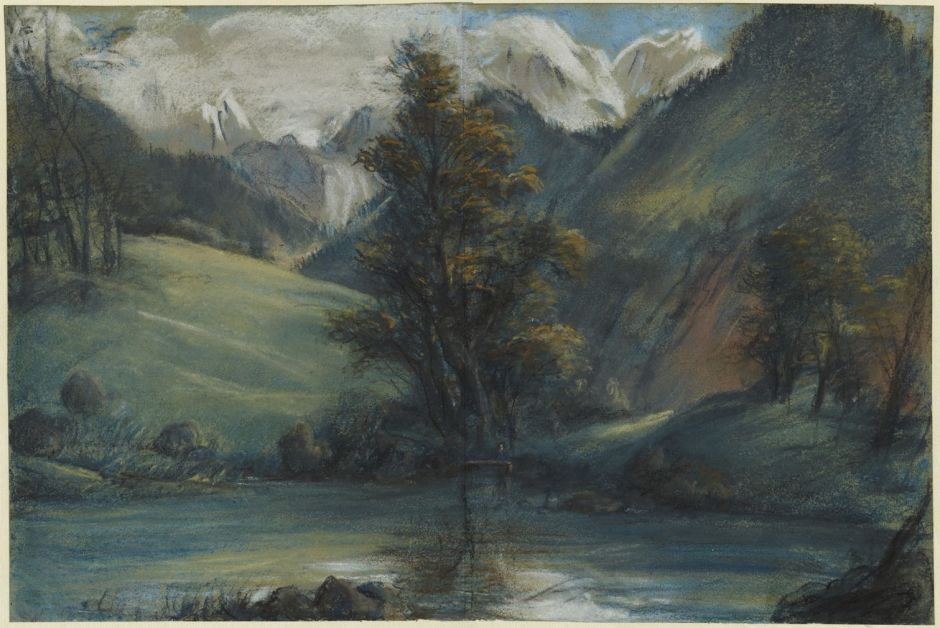
Vigée Le Brun was an early landscape painter in pastels, too: her View of the Lake of Challes and Mont Blanc (1807-08) spread across two sheets of green wove paper, shows how well-suited pastels are in landscape art. Carrying back delicate pastel paintings from this sort of location is far easier to handle than a couple of wet canvases.

Edgar Degas was another innovator in the medium. He applied pastel wet, combined it with other media such as gouache, as seen in his painting of the ballet above, and left his marks in plain sight.
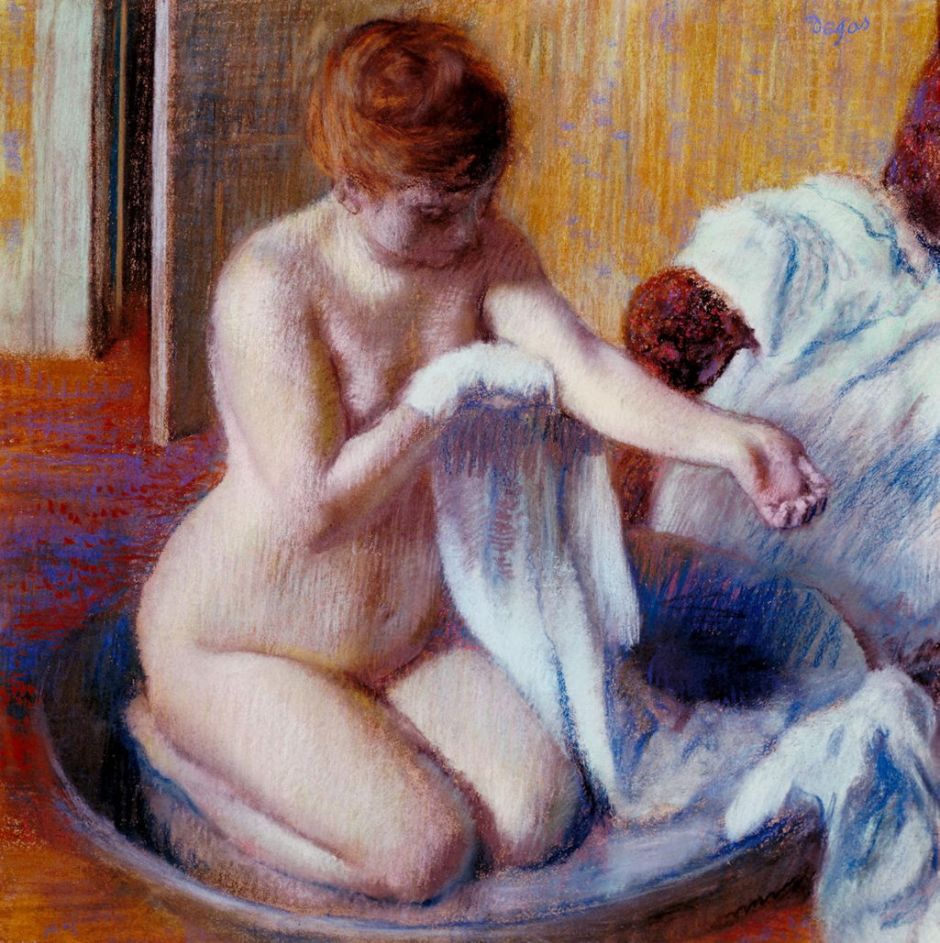
Degas’ early pastel of Woman in a Tub from about 1883 shows the vertical (or steep diagonal) strokes which give many of his pastel paintings a rough texture, even over skin.

Later pastel painters have continued to push the boundaries of the medium. Odilon Redon, for example, combined pastels with chalks (above), and with charcoal (below), long considered a medium for sketching.
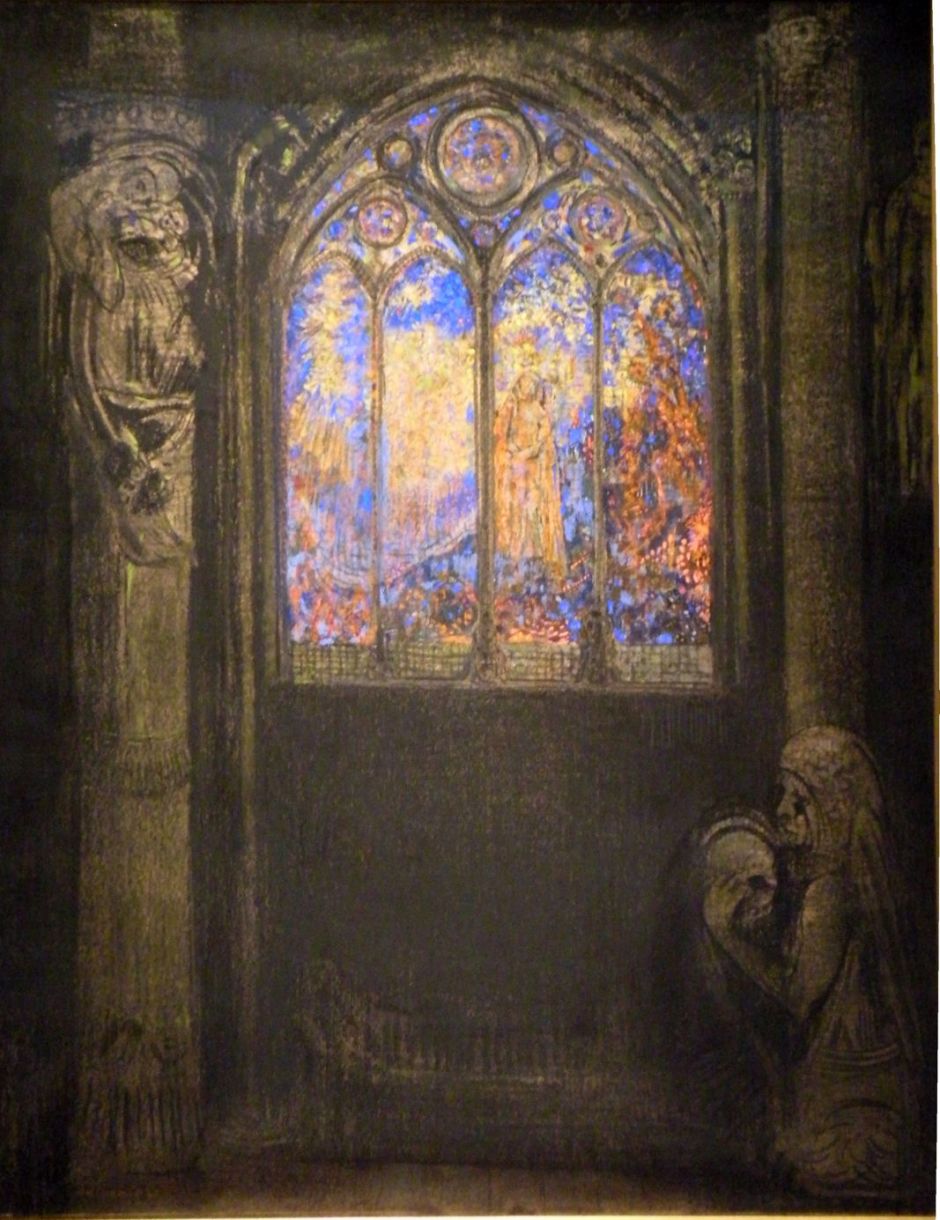
Pastel paintings can be an artist’s purest expression, in which there is no need for the alchemical techniques of oils. But they do little to protect pigments from air and light, and even when displayed behind glass are by far the most fragile of media.

